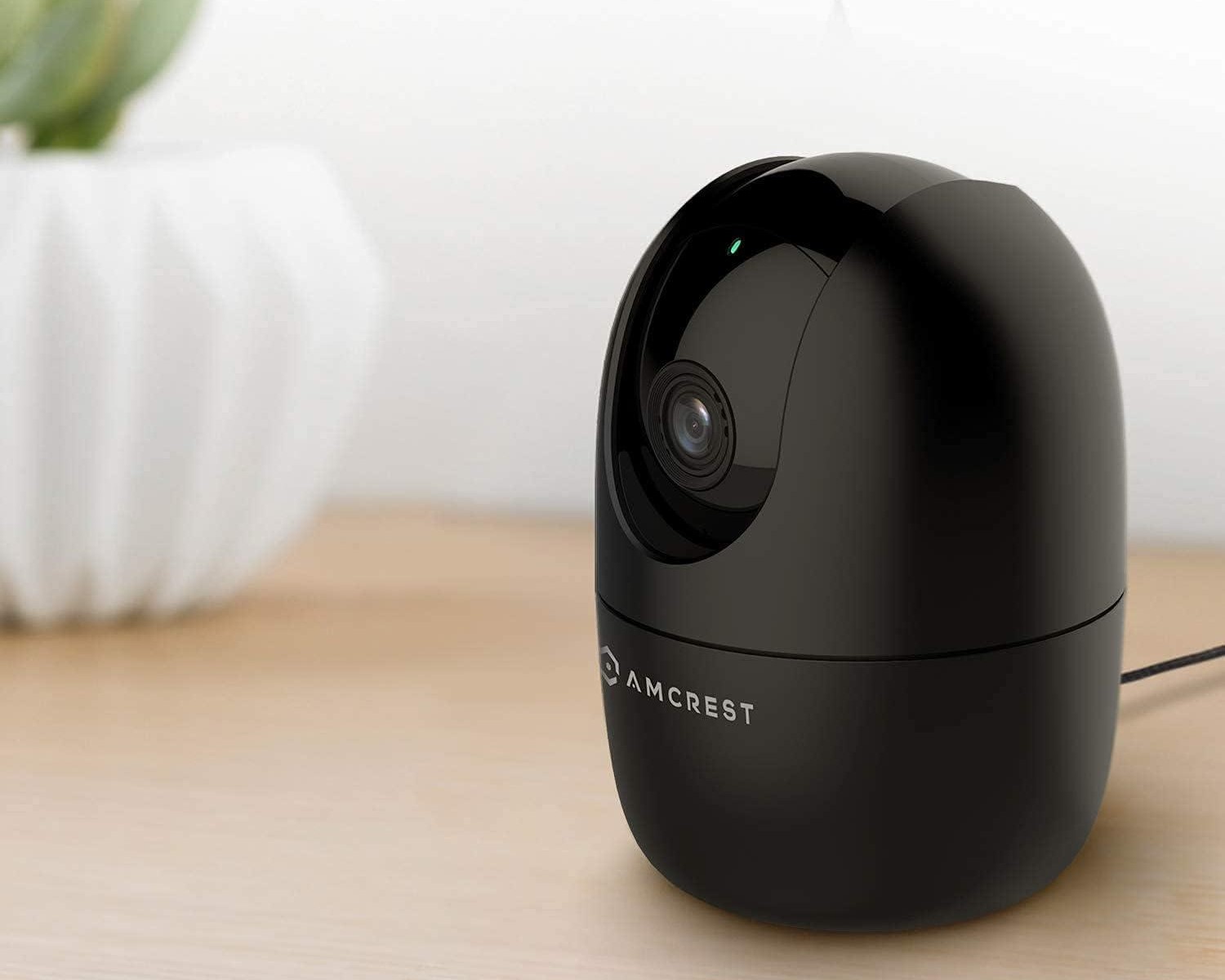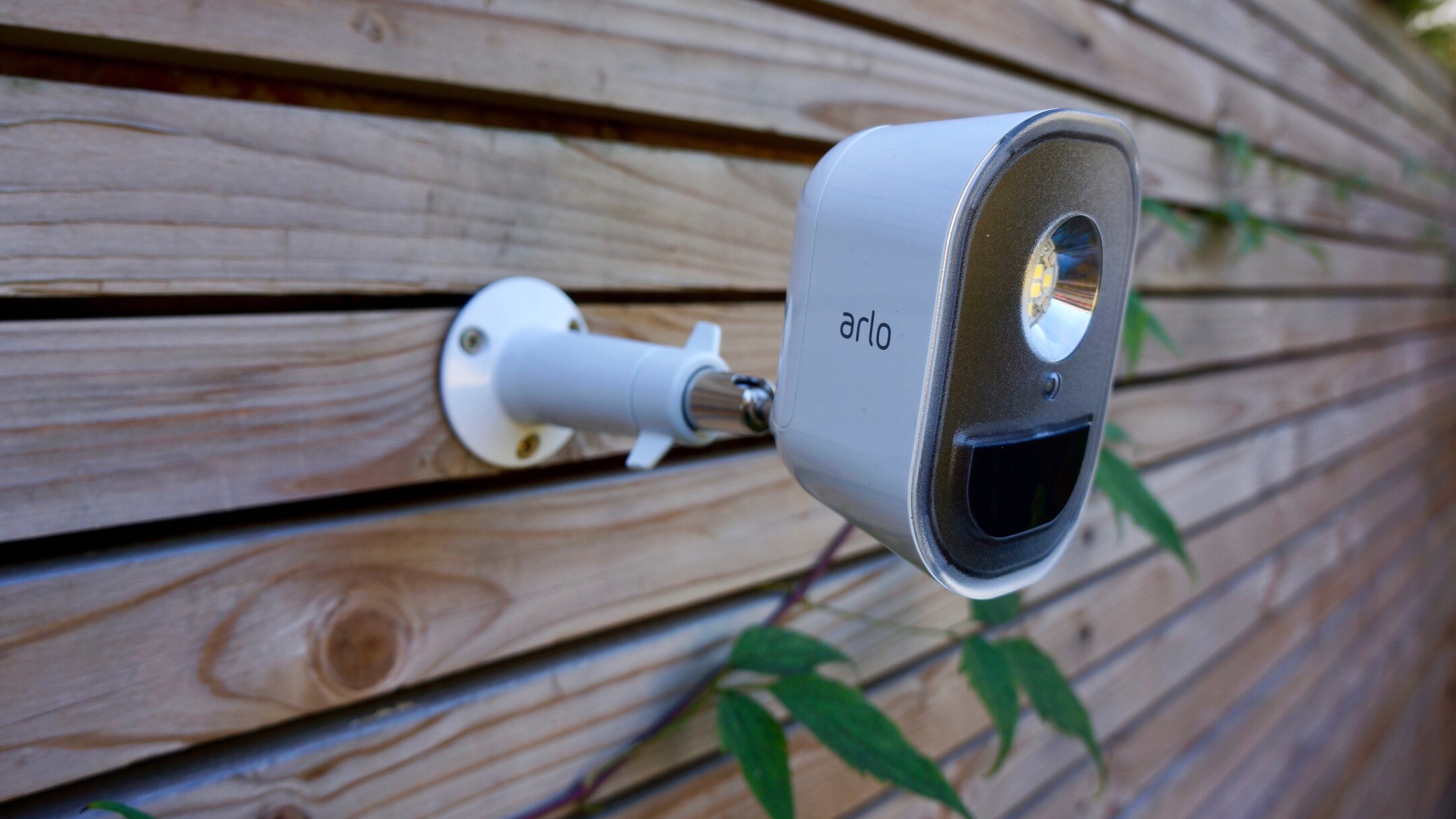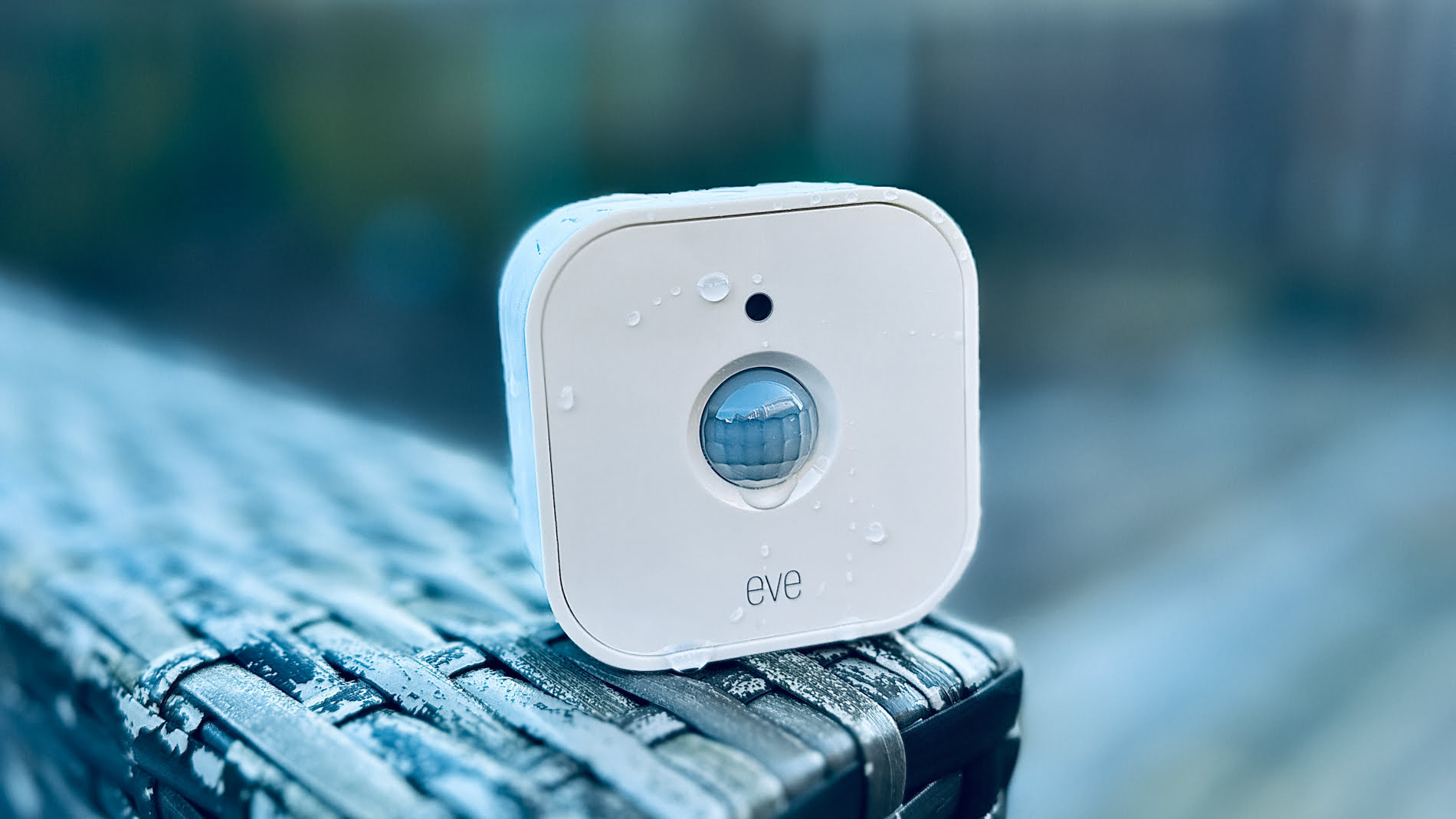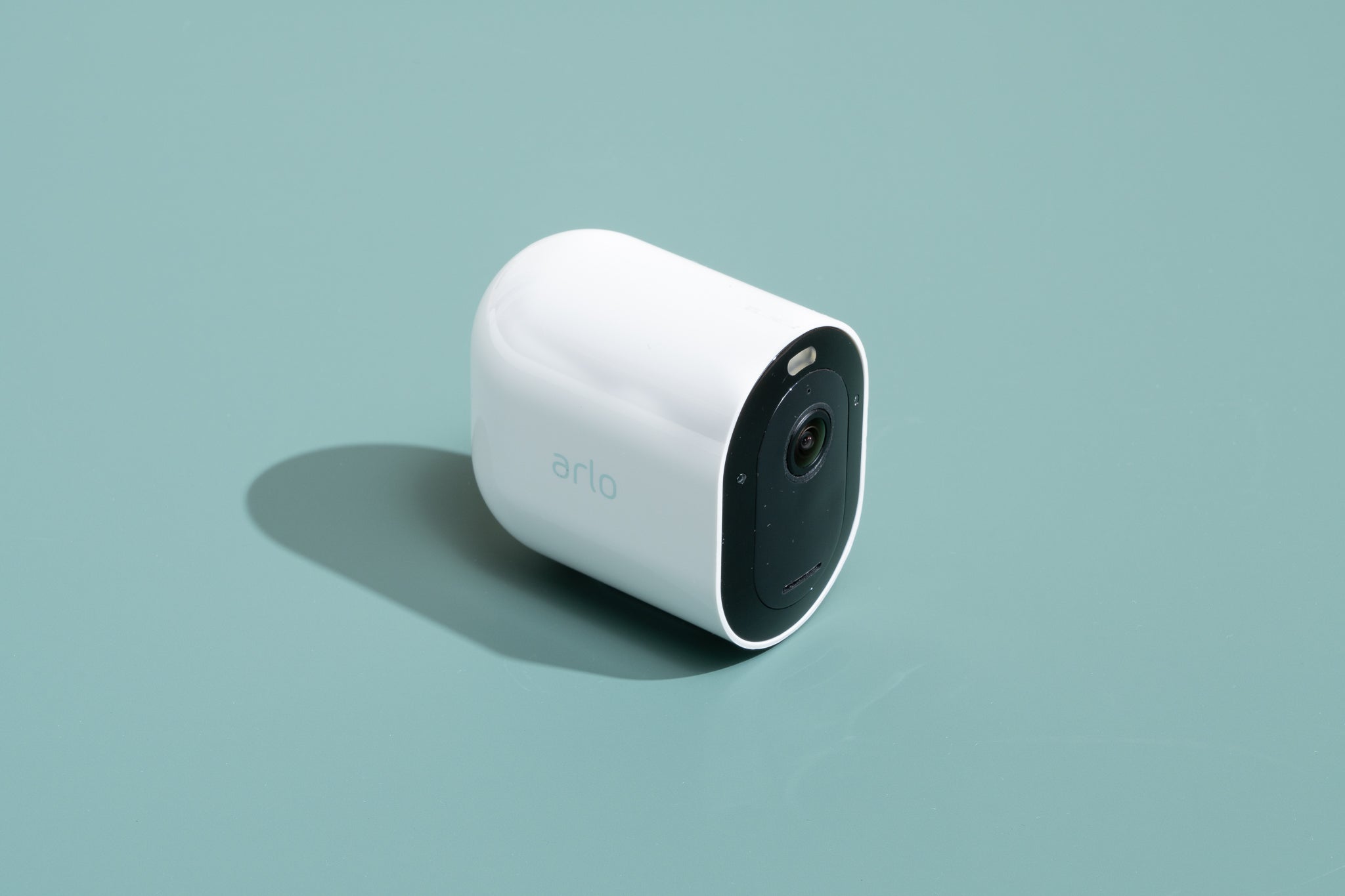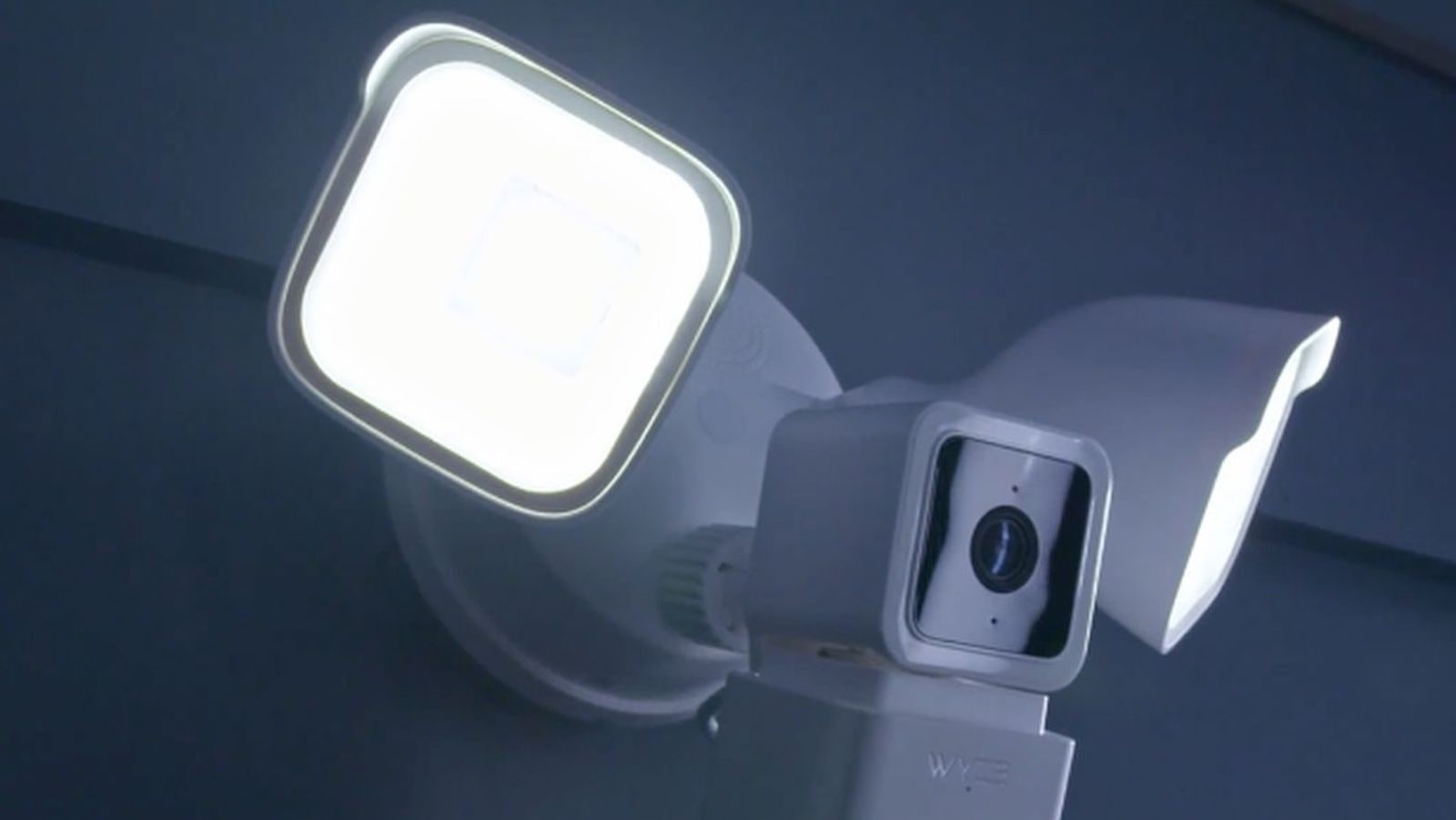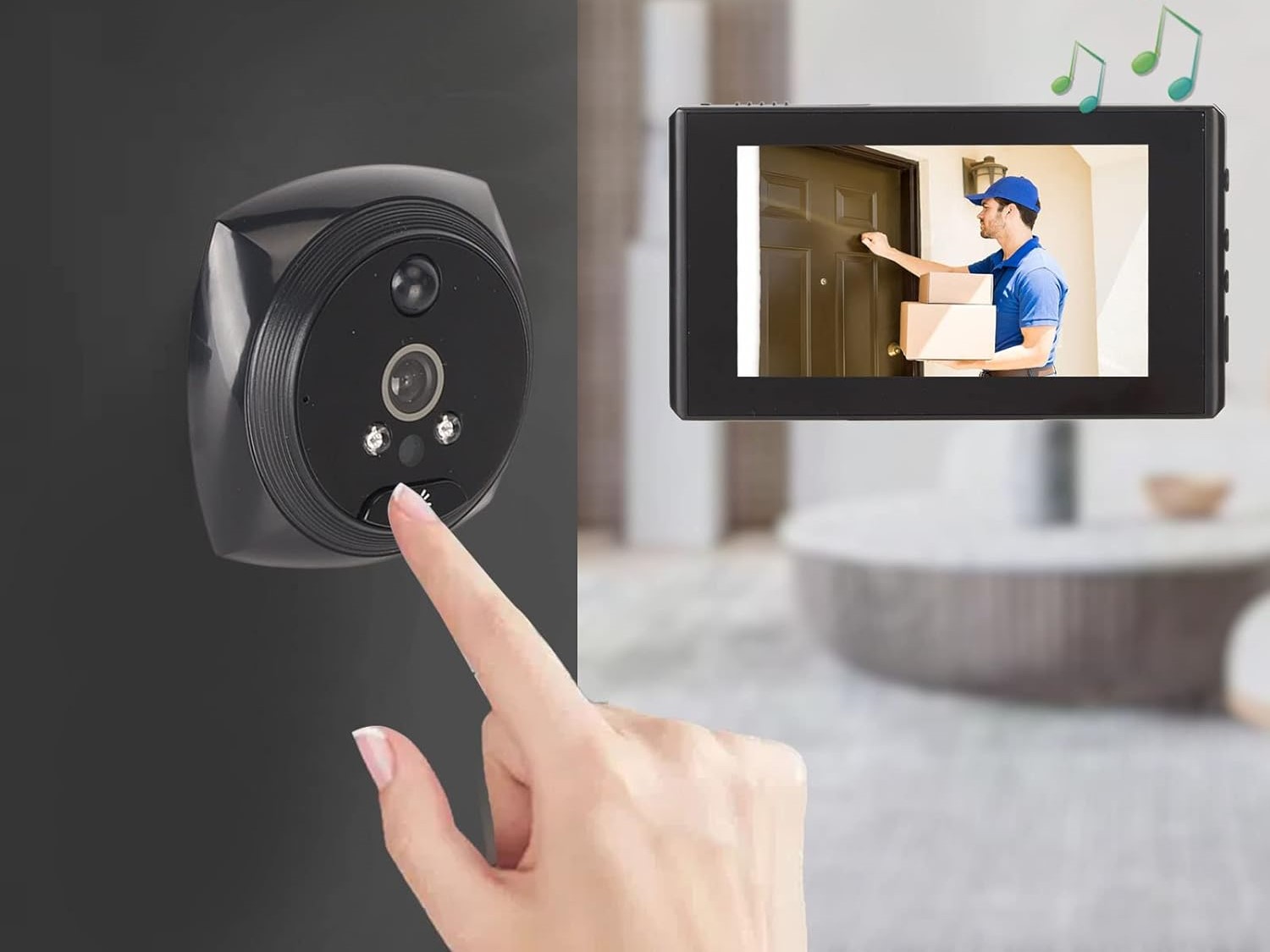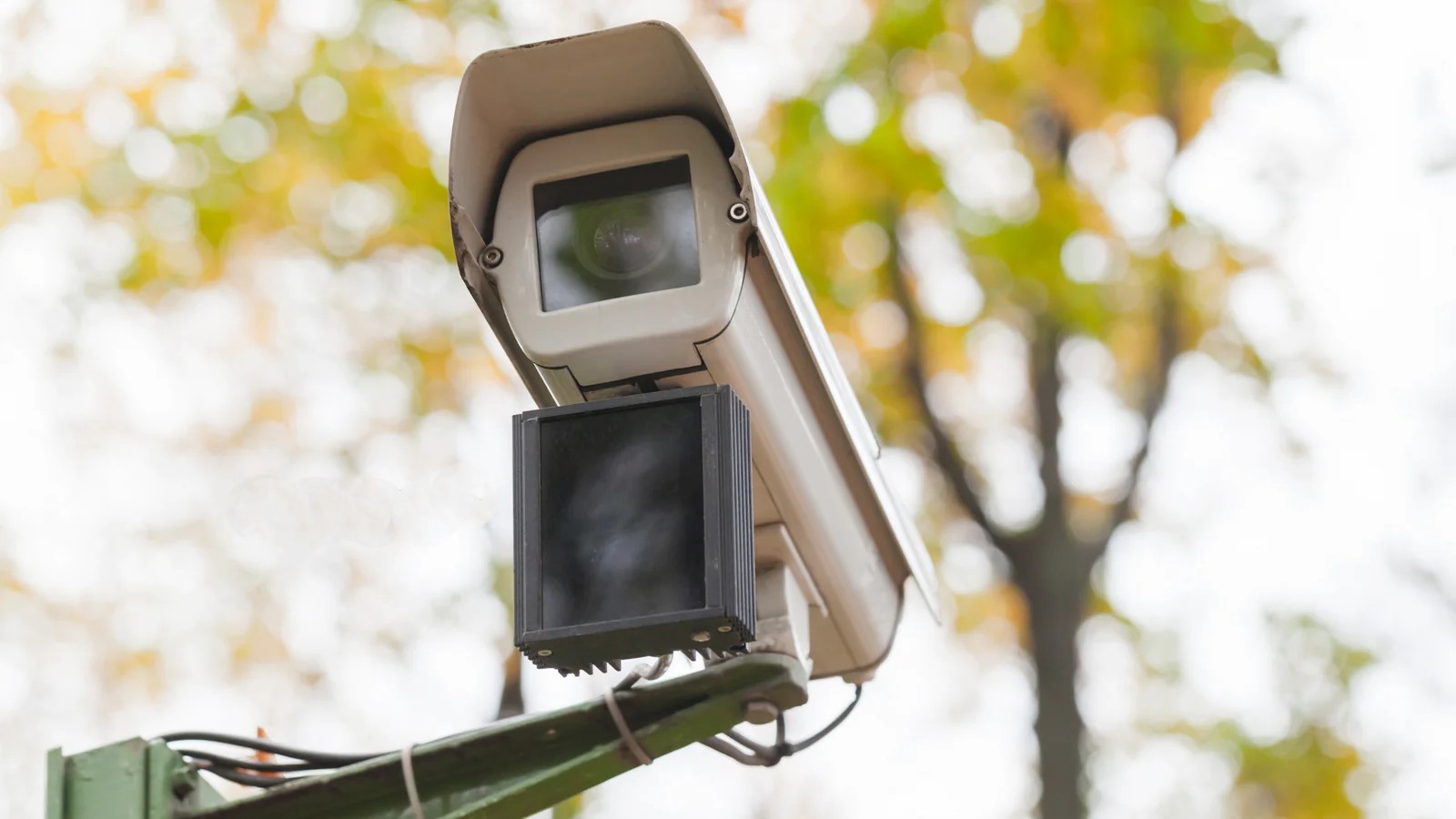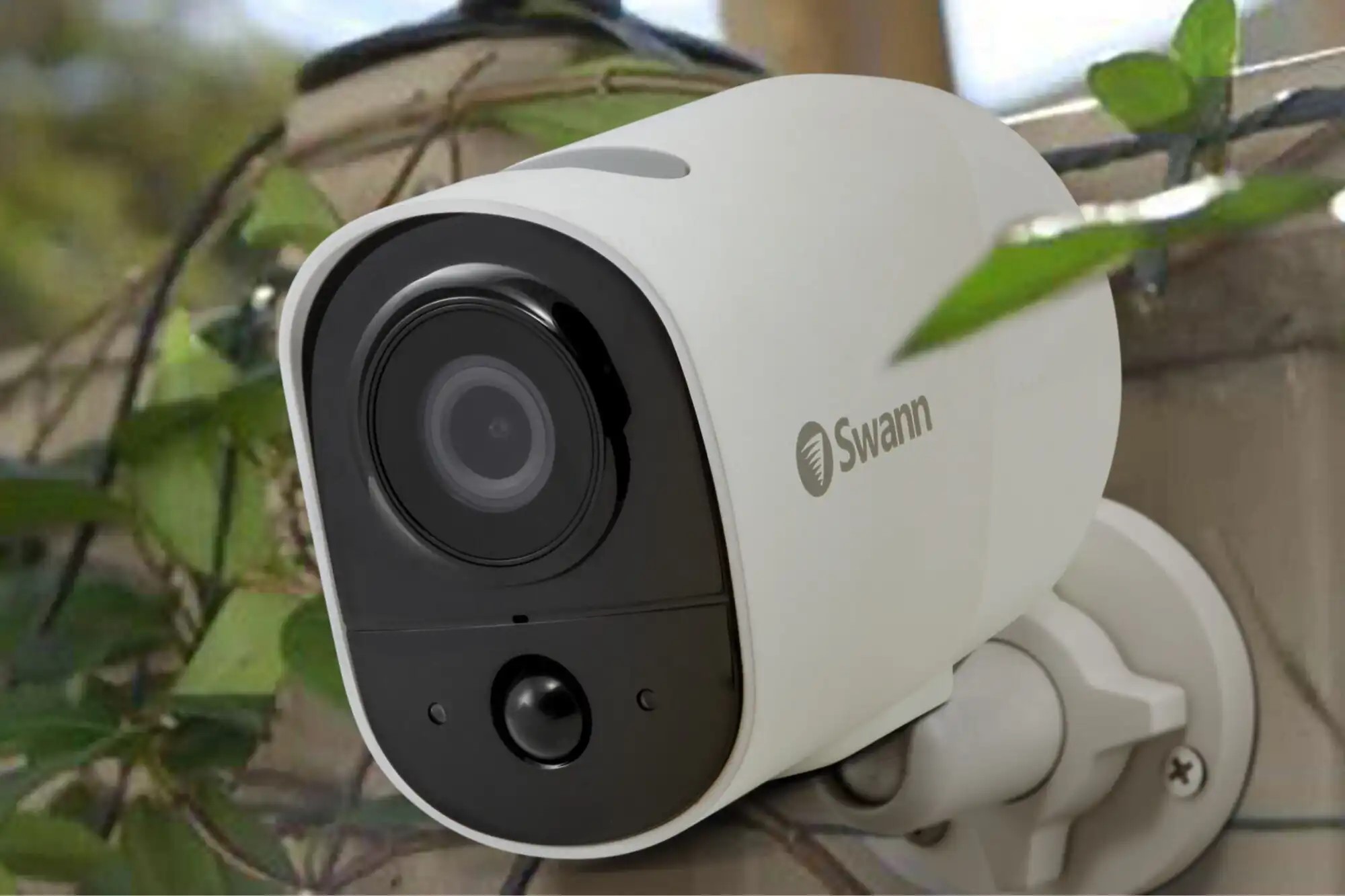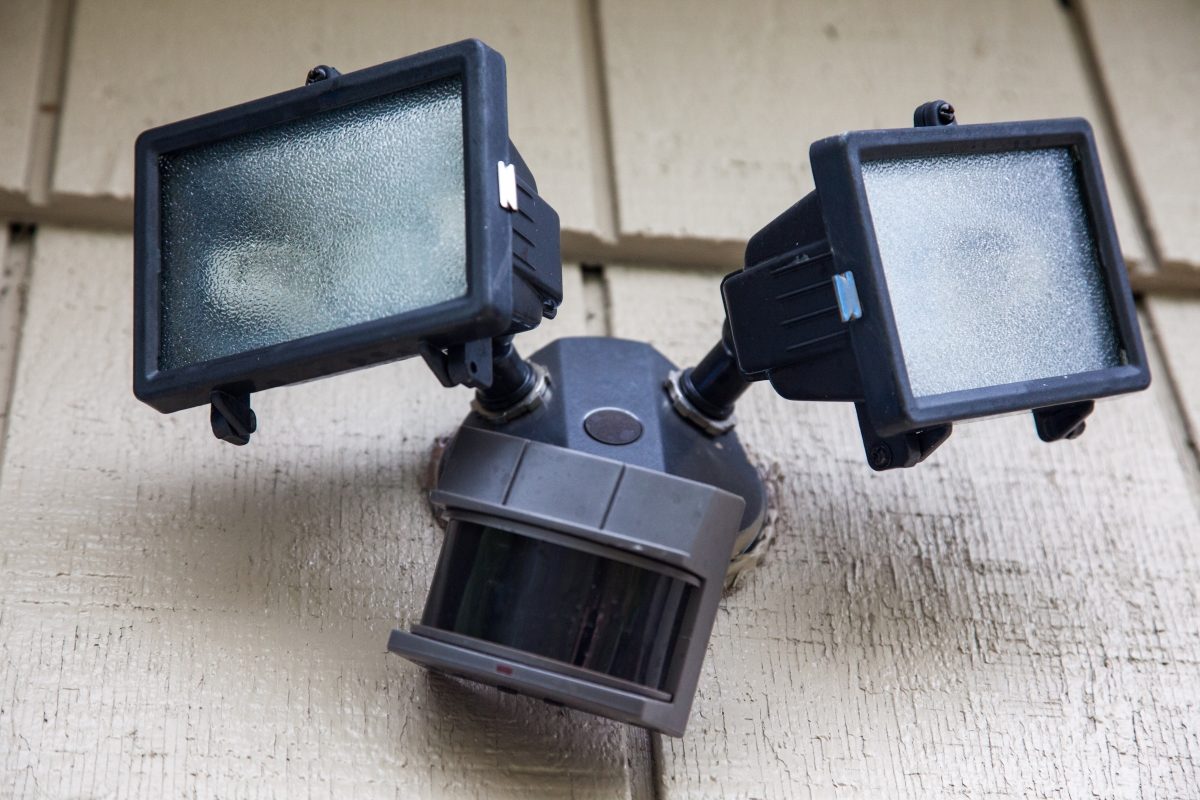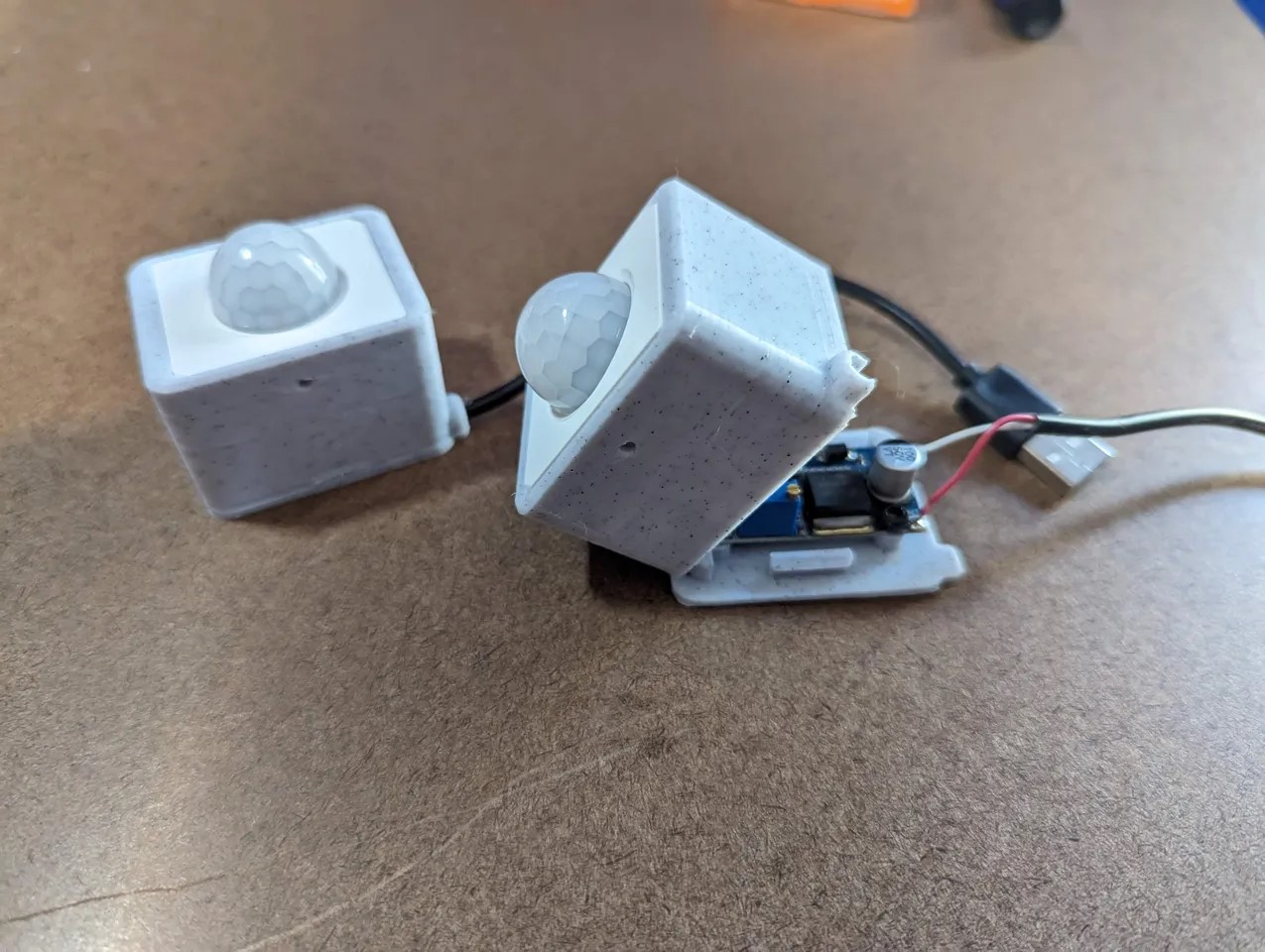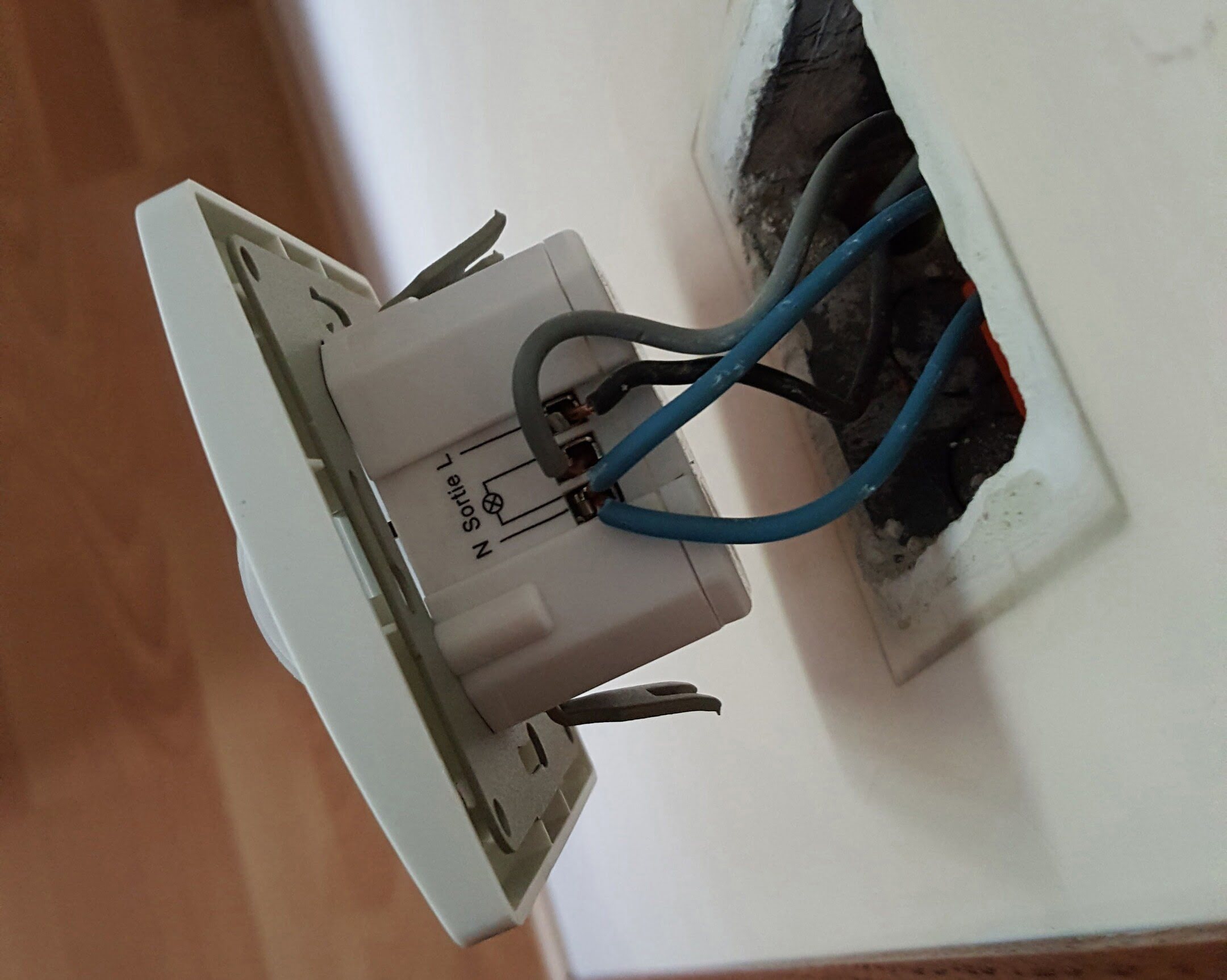Home>Home Security and Surveillance>How To Configure Motion Detector Settings On Moultrie Cameras
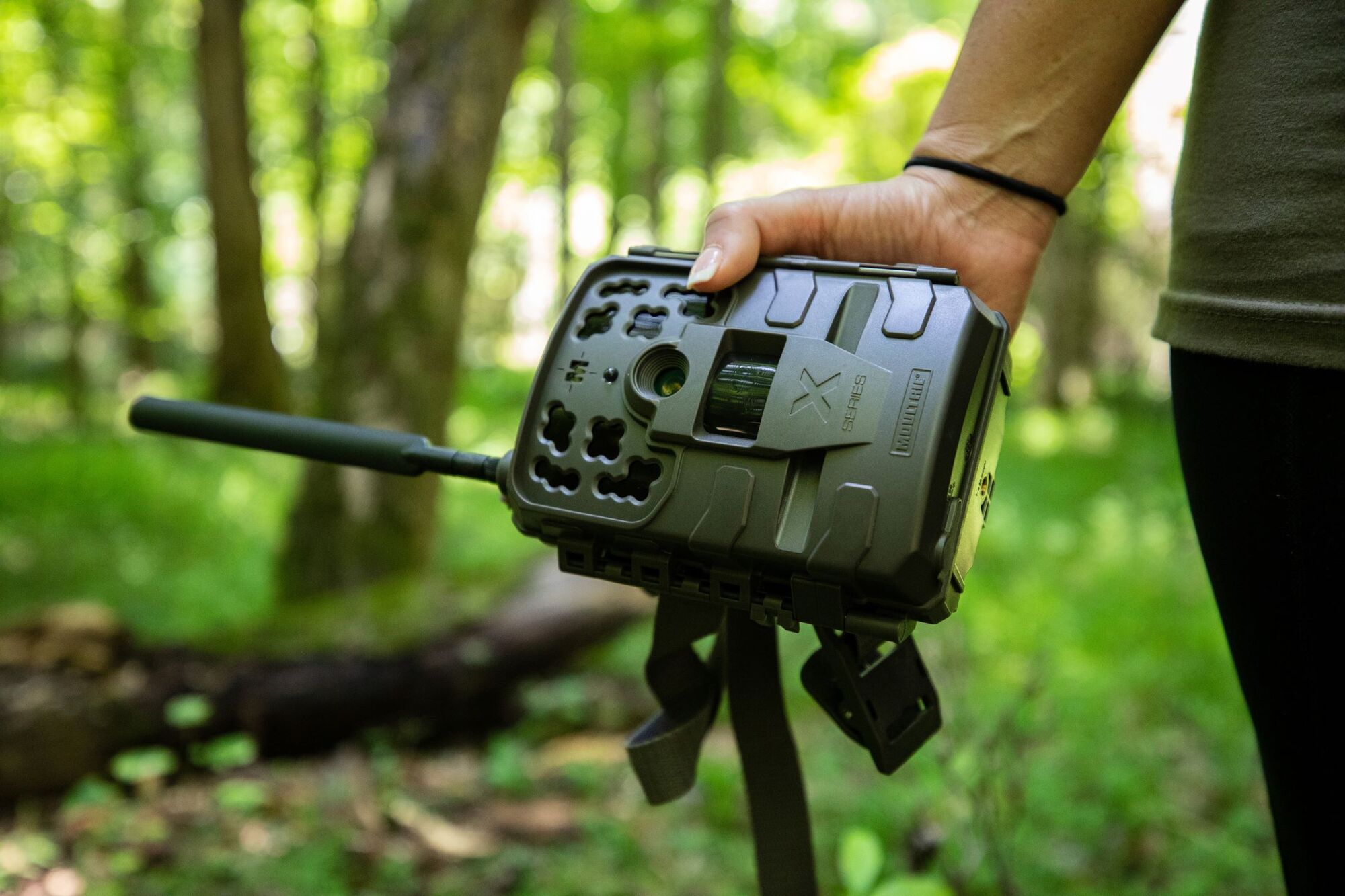

Home Security and Surveillance
How To Configure Motion Detector Settings On Moultrie Cameras
Modified: March 6, 2024
Learn how to configure motion detector settings on Moultrie cameras for enhanced home security and surveillance
(Many of the links in this article redirect to a specific reviewed product. Your purchase of these products through affiliate links helps to generate commission for Storables.com, at no extra cost. Learn more)
Introduction
Welcome to the world of home security and surveillance! In this digital age, protecting our homes and loved ones has become a top priority. With advances in technology, home security systems have become more accessible and affordable than ever before. One essential component of any home security setup is a motion detection camera. These cameras are designed to detect and record any movement in their field of view, providing an extra layer of protection and peace of mind.
In this article, we will explore how to configure motion detector settings on Moultrie cameras. Moultrie is a renowned brand known for its high-quality cameras that are widely used in both residential and commercial settings. By understanding and adjusting the motion detection settings on your Moultrie camera, you can ensure optimal performance and avoid false alarms.
Before we delve into the step-by-step process of configuring the motion detection settings, it is important to understand the key components involved. Motion detection technology works by analyzing changes in the video feed and comparing them to a predefined threshold. When the camera detects a significant change in the scene, such as movement, it triggers an event, such as recording a video or capturing an image.
Moultrie cameras offer a range of customizable settings to fine-tune the motion detection functionality according to your specific needs. These settings include adjusting the sensitivity level, setting the detection range, configuring the trigger delay, and customizing the image and video settings.
By following the steps outlined in this article, you will be able to optimize and customize the motion detection settings on your Moultrie camera, ensuring that it functions effectively in various scenarios. So, let’s dive in and learn how to configure motion detector settings on Moultrie cameras!
Key Takeaways:
- Customize motion detection settings on Moultrie cameras to ensure it captures important events while avoiding false alarms. Adjust sensitivity, range, and delay for optimal performance.
- By configuring image and video settings, you can enhance the visual output of your Moultrie camera. Choose resolution, format, and quality to meet your surveillance needs.
Step 1: Accessing the Settings Menu
The first step in configuring the motion detector settings on your Moultrie camera is to access the settings menu. This is where you will find all the options and controls related to the camera’s functionality.
To access the settings menu, begin by powering on your Moultrie camera. Depending on the model you are using, you may need to unlock the camera by entering a passcode or using a physical key. Once the camera is powered on and unlocked, you will be greeted with the main screen or menu.
Look for an icon or menu option that represents the camera settings. This is typically represented by a gear or wrench icon. Use the navigation buttons or touchscreen, if applicable, to select and enter the settings menu.
Inside the settings menu, you will find a plethora of options related to various camera functionalities. These may include image and video settings, date and time settings, wireless connectivity settings, and of course, motion detection settings.
Navigate through the settings menu using the provided navigation buttons or touchscreen, and look for the option related to motion detection. This option may vary depending on the model of your Moultrie camera, but it should be easily identifiable by its name or icon.
Once you have located the motion detection settings, you are ready to move on to the next step and start customizing them according to your preferences. In the next step, we will explore how to adjust the sensitivity level of the motion detection feature.
Step 2: Selecting the Motion Detection Mode
Now that you have accessed the motion detection settings menu on your Moultrie camera, it’s time to select the motion detection mode. Moultrie cameras typically offer different modes to choose from, each with its own characteristics and benefits.
The most common motion detection modes include:
- Standard Mode: In this mode, the camera will trigger an event anytime it detects any movement within its field of view. This mode is suitable for general surveillance purposes when you want to capture any motion within the camera’s range.
- Custom Mode: This mode provides more control over what triggers the motion detection. You can specify certain areas or zones within the camera’s field of view that you want to monitor for motion. This is particularly useful if you have specific areas of interest that you want the camera to focus on.
- Time-Lapse Mode: Time-lapse mode is different from standard motion detection. Instead of detecting motion, the camera captures images or videos at specific intervals, allowing you to create time-lapse videos. This mode is commonly used for capturing long-term changes in an area over time.
Choose the motion detection mode that best suits your needs by selecting the corresponding option in the settings menu. If you’re unsure which mode to select, you can start with the standard mode as it provides a good balance between capturing any motion and minimizing false alarms.
Once you have selected the desired motion detection mode, you are ready to move on to the next step and adjust the sensitivity level of the motion detection feature. This allows you to fine-tune how sensitive the camera is to detect motion. We will explore this in detail in the following step.
Step 3: Adjusting the Sensitivity Level
Now that you have selected the motion detection mode on your Moultrie camera, it’s time to fine-tune the sensitivity level. The sensitivity level determines how responsive the camera is to motion detection. Adjusting this setting allows you to customize the camera’s behavior based on the specific environment and conditions.
Typically, the sensitivity level is represented on a scale from low to high, or sometimes as a numerical value. A low sensitivity level means the camera will only capture significant movements, while a high sensitivity level makes the camera more sensitive and likely to capture even minor movements.
To adjust the sensitivity level, navigate to the corresponding option in the motion detection settings menu. Use the provided navigation buttons or touchscreen to increase or decrease the sensitivity level according to your preferences.
Keep in mind that setting the sensitivity level too high can lead to false alarms, as the camera may interpret slight changes in lighting, shadows, or background movement as motion. On the other hand, setting the sensitivity level too low may cause the camera to miss important events or movements that you want to capture.
It’s important to strike a balance and find the optimal sensitivity level that suits your specific needs. Consider factors such as the location of the camera, the expected amount of movement in the area, and any potential sources of false triggers, such as trees or animals.
Once you have adjusted the sensitivity level to your liking, you are ready to proceed to the next step and set the detection range of the motion detection feature. This will determine the distance and scope within which the camera will detect motion. So, let’s move on to step 4!
Step 4: Setting the Detection Range
After fine-tuning the sensitivity level of your Moultrie camera’s motion detection feature, the next step is to set the detection range. The detection range determines the distance and scope within which the camera will detect motion. By adjusting the detection range, you can customize the camera’s coverage area and focus on specific areas of interest.
In Moultrie cameras, the detection range is typically adjustable by adjusting the camera’s angle or by using specific settings in the motion detection menu. Here are a few key considerations when setting the detection range:
- Camera Position: Consider the camera’s physical placement and its field of view. Make sure the camera is positioned to cover the desired area while avoiding obstacles or obstructions that may interfere with the motion detection. Adjust the camera angle if necessary to optimize the coverage.
- Distance: Determine the distance at which you want the camera to detect motion. This will depend on factors like the size of the area you want to monitor and the specific requirements of your surveillance needs. For example, if you want to focus on a short-distance area, you may decrease the detection range to avoid picking up unnecessary motion from farther away.
- Angle and Width: Consider the angle and width of the camera’s field of view. Adjust the detection range settings to capture motion within a specific angle or width that aligns with the desired coverage area. This ensures that the camera focuses on the important areas you want to monitor.
Access the detection range settings in the motion detection menu of your Moultrie camera. Use the navigation buttons or touchscreen to define the desired detection range based on the factors mentioned above. Some cameras may provide visual aids or overlays in the live view to help you visualize and adjust the detection range more accurately.
By setting the detection range appropriately, you can ensure that your Moultrie camera focuses on the right areas and captures any relevant motion within the specified distance. Once you have set the detection range, you are ready to move on to step 5 and choose the trigger delay.
To configure motion detector settings on Moultrie cameras, carefully adjust the sensitivity and range to avoid false triggers and ensure optimal coverage of the area you want to monitor.
Step 5: Choosing the Trigger Delay
After setting the detection range on your Moultrie camera, the next step in configuring the motion detector settings is choosing the trigger delay. The trigger delay determines the time interval between two consecutive motion-triggered events.
By selecting an appropriate trigger delay, you can control how frequently the camera captures images or records videos when motion is detected. This helps to conserve battery life, minimize storage usage, and avoid unnecessary recordings.
In Moultrie cameras, the trigger delay is adjustable and typically expressed in seconds or minutes. Here are a few factors to consider when choosing the trigger delay:
- Activity Level: Evaluate the activity level in the area you are monitoring. If there is frequent or continuous movement, you may want to choose a shorter trigger delay to capture more events. Conversely, if activity is relatively rare, you can opt for a longer trigger delay to reduce the number of recordings.
- Battery Life: Keep in mind that shorter trigger delays may result in more frequent motion-triggered events, which can drain the camera’s battery faster. If battery life is a concern, consider choosing a longer trigger delay to maximize the camera’s operating time.
- Storage Space: Consider the available storage space on your camera or connected storage device. If storage capacity is limited, a longer trigger delay can help conserve space and prevent overfilling of storage devices.
To adjust the trigger delay, navigate to the corresponding option within the motion detection settings menu of your Moultrie camera. Use the provided navigation buttons or touchscreen to increase or decrease the trigger delay according to your preferences.
Experiment with different trigger delay settings to find the right balance between capturing important events and conserving resources. Remember to consider the specific requirements of your surveillance needs, taking into account activity levels, battery life, and storage capacity.
Once you have selected the desired trigger delay, you can proceed to step 6 and customize the image and video settings of your Moultrie camera. So, let’s move on to the next step!
Step 6: Configuring the Image/Video Settings
Now that you have fine-tuned the motion detection settings on your Moultrie camera, it’s time to configure the image and video settings. These settings determine the quality, format, and other attributes of the captured images and videos.
Customizing the image and video settings allows you to optimize the visual output according to your preferences and the specific requirements of your surveillance needs. Here are some key settings you can adjust:
- Resolution: Choose the desired image or video resolution for your camera. Higher resolutions result in clearer and more detailed images, but they also require more storage space. Consider your storage capacity and the level of detail you require when selecting the resolution.
- Format: Select the file format for the captured images or videos. Moultrie cameras usually support popular formats like JPEG for images and MP4 for videos. Ensure compatibility with your preferred viewing software or devices when choosing the format.
- Quality: Adjust the quality level of the captured images or videos. Higher quality settings result in better clarity but may require more storage space. Find the balance between quality and storage usage depending on your preferences and available resources.
- Additional Options: Explore any additional settings that your Moultrie camera offers for image and video customization. These may include options like aspect ratio, brightness, contrast, or exposure settings. Experiment with these settings to achieve the desired visual output.
To access the image and video settings, navigate to the corresponding option within the settings menu of your Moultrie camera. Use the provided navigation buttons or touchscreen to adjust the settings according to your preferences.
Consider the specific requirements of your surveillance needs, the available storage space, and the desired visual output when configuring the image and video settings. It’s essential to find the right balance between quality and resource usage.
Once you have configured the image and video settings, you are ready to move on to the final step and save and apply all the settings you have customized. Let’s proceed to step 7!
Step 7: Saving and Applying the Settings
After configuring the motion detection settings, adjusting the sensitivity level, setting the detection range, choosing the trigger delay, and customizing the image and video settings on your Moultrie camera, it’s time to save and apply these settings.
Saving and applying the settings ensure that all your customization choices are implemented and will be effective during the camera’s operation. Here’s how to complete this final step:
- Save Your Settings: Most Moultrie cameras provide a “Save” or “Apply” button within the motion detection settings menu. Once you have finalized your desired settings, select this option to save your configurations.
- Confirm the Changes: Some cameras may display a confirmation message to ensure that you want to apply the new settings. Review the changes you have made and confirm that you want to proceed.
- Exit the Settings Menu: After saving and applying the settings, exit the settings menu to return to the main screen or live view of your Moultrie camera. The new settings will now be in effect.
It’s a good practice to test the motion detection functionality after applying the settings to ensure that it is working as expected. Walk through the monitored area or create deliberate motion to trigger the camera and verify that it captures images or videos accordingly.
Keep in mind that you can always revisit the settings menu and make further adjustments if needed. Fine-tuning the motion detection settings may require some trial and error to achieve optimal results based on your specific environment and surveillance requirements.
Congratulations! You have successfully configured the motion detector settings on your Moultrie camera. With these customized settings, your camera will now efficiently detect and capture motion within the designated range, ensuring the security of your home or property.
Remember to periodically review and update the settings as needed, especially if there are changes in the monitored area or if your surveillance needs evolve over time. Regular maintenance and adjustments will ensure that your Moultrie camera continues to provide reliable and effective motion detection functionality.
With your camera’s motion detection optimized, you can have greater peace of mind knowing that your home is protected and any significant activity will be captured and recorded for future reference.
Conclusion
Configuring motion detector settings on your Moultrie camera is an essential step in maximizing its performance and enhancing your home security and surveillance. By customizing settings such as motion detection modes, sensitivity levels, detection range, trigger delay, and image/video settings, you can ensure that your camera accurately captures and records any relevant motion.
Moultrie cameras offer a range of options to tailor the motion detection functionality to your specific needs. Whether you want to monitor a wide area, focus on specific zones, or create time-lapse videos, there are settings and modes available to suit different scenarios.
Remember to strike a balance when adjusting sensitivity levels and detection ranges to avoid false alarms while capturing important events. Consider factors such as the activity level in the area, battery life, and available storage space when making these adjustments.
Through the customization of image and video settings, you can optimize the visual output based on your preferences and requirements. Choose the right resolution, format, quality, and additional options to ensure that the captured images and videos meet your expectations.
Once you have made all the necessary configurations, save and apply the settings to activate them on your Moultrie camera. Regularly test and review the motion detection functionality to ensure its effectiveness and make further adjustments as needed.
With an optimized motion detector, your Moultrie camera becomes a powerful tool in enhancing the security of your home and providing peace of mind. It will efficiently capture any motion within its field of view, allowing you to monitor and review activities in and around your property.
Take advantage of the customization options available to you, and adapt the motion detection settings as your surveillance needs change over time. By staying proactive and fine-tuning the settings, you can ensure that your Moultrie camera remains an effective and reliable home security and surveillance solution.
Now that you are equipped with the knowledge to configure motion detector settings on Moultrie cameras, go ahead and optimize your camera’s performance. Enjoy the added layers of security and protection that motion detection brings to your home!
Frequently Asked Questions about How To Configure Motion Detector Settings On Moultrie Cameras
Was this page helpful?
At Storables.com, we guarantee accurate and reliable information. Our content, validated by Expert Board Contributors, is crafted following stringent Editorial Policies. We're committed to providing you with well-researched, expert-backed insights for all your informational needs.
